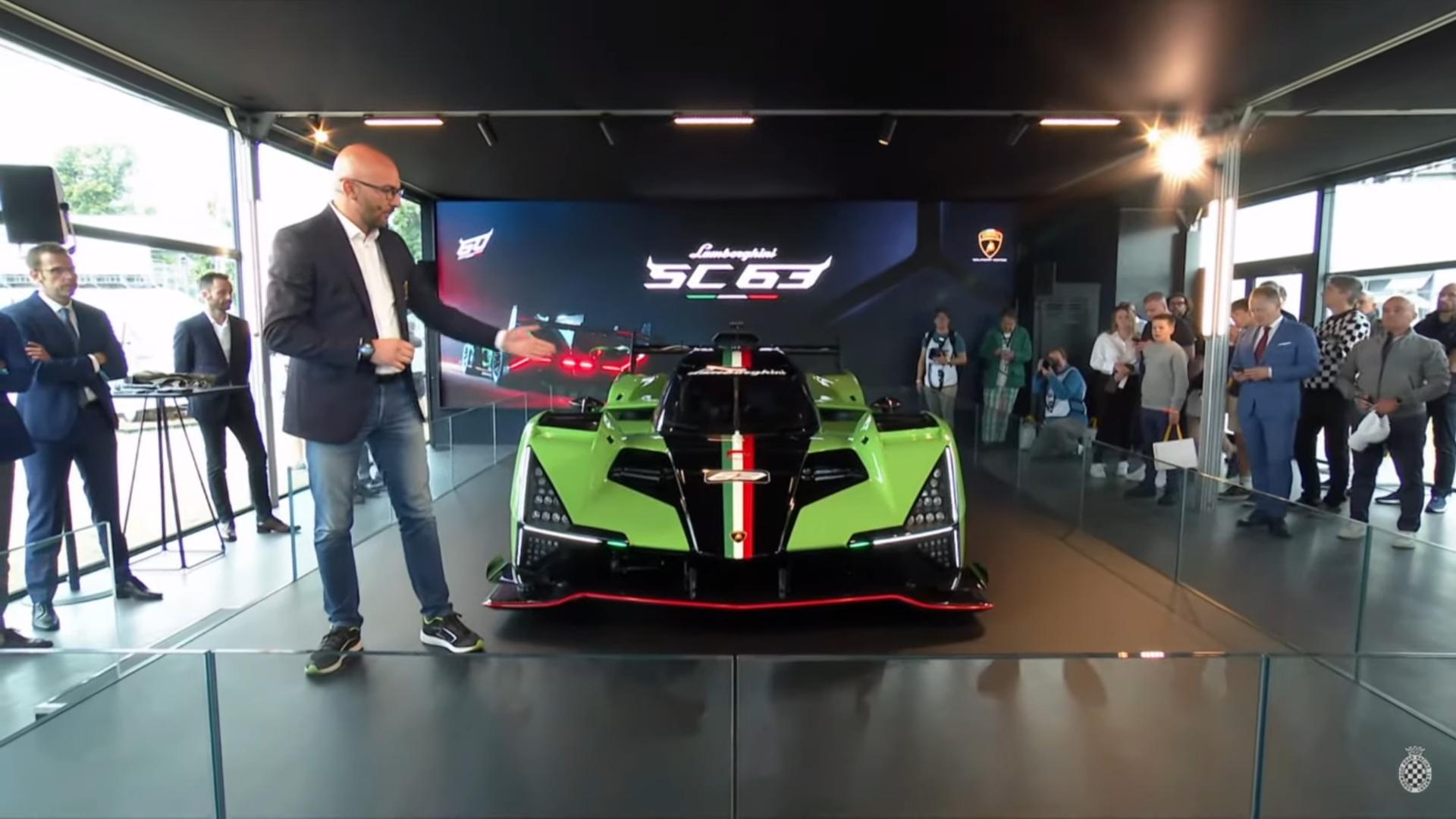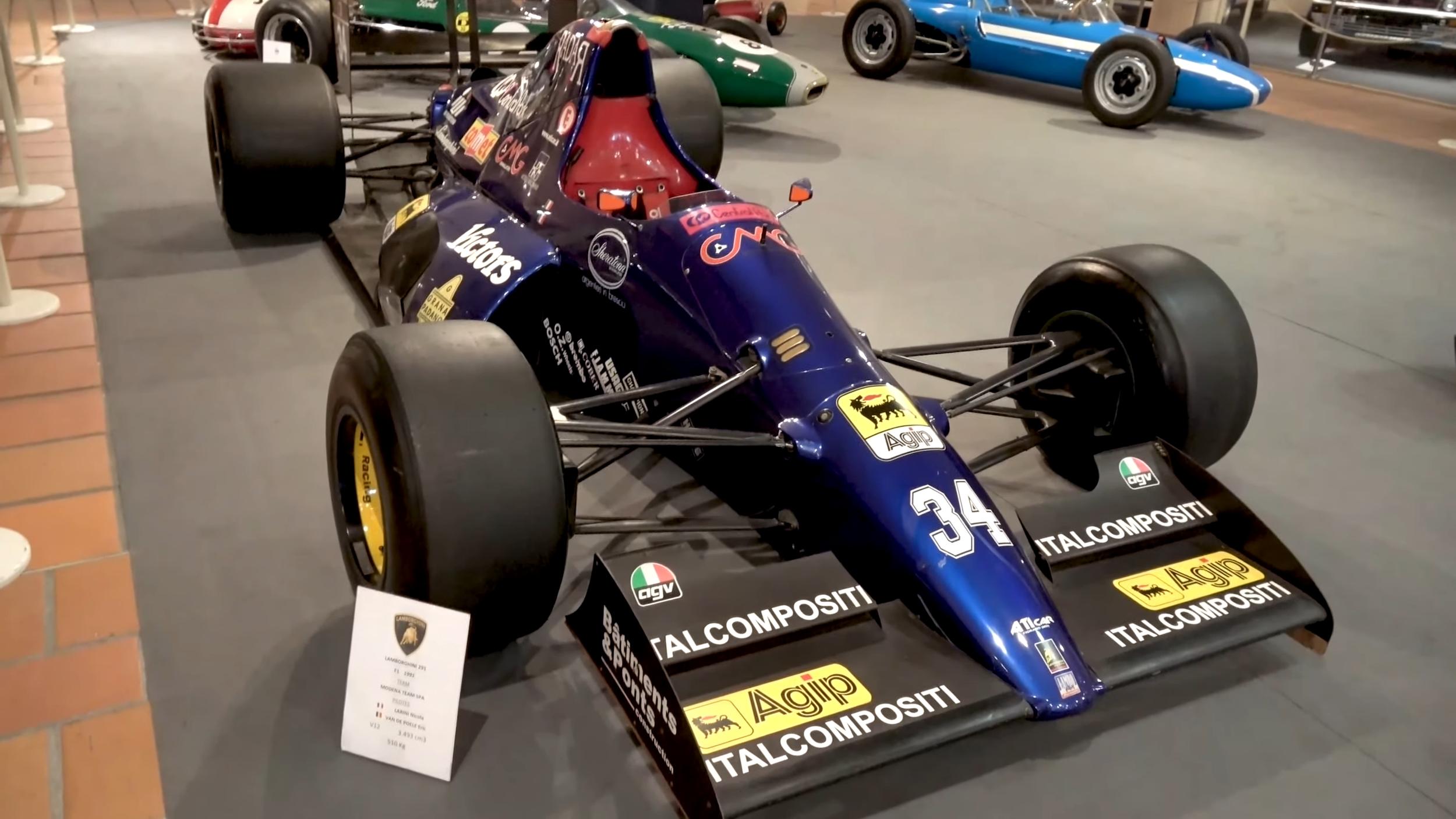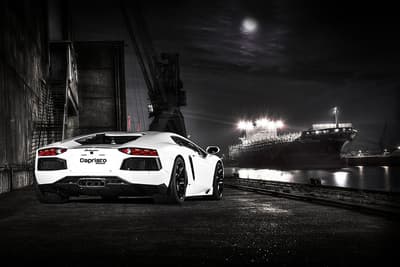Lamborghini is a household name when it comes to exotic and powerful sports cars. Ferruccio Lamborghini founded it as a direct competitor to Ferrari, another Italian supercar manufacturer that has made its name well known in the Formula 1 racing scene.
Despite its foundation as a Ferrari competitor and its notable presence in the motorsports world through the Squadra Corse division, Lamborghini has not entered the Formula 1 circuit.
Lamborghini’s Brand Ethos and Unique Attributes
Ferruccio Lamborghini’s original philosophy for his brand was to produce fast, attractive, and enjoyable-to-drive street cars, unlike Ferrari, which has a significant focus on racing. This divergence in philosophy has led to differences in how both brands approach their product offerings and their presence in motorsports.
Lamborghini’s attention to detail, uniqueness, and consistency in delivering high-quality products have become defining characteristics of the brand. These are achieved in part through the brand’s focus on aesthetics and brand awareness rather than just tracking performance.
The Financial Costs And Benefits Of Formula 1
Formula 1 is often considered the apex of motorsport, a high-stakes arena where innovation and engineering excellence are showcased at their peak. However, this prestige comes at a significant financial cost, which is one of the key reasons why Lamborghini chooses not to participate.
F1 participation entails an immense financial commitment, not only in terms of the upfront expenses needed to build a competitive car but also in ongoing operational costs. These include costs for research and development, hiring top engineering talent, building state-of-the-art facilities, participating in international racing events (which means costs for logistics, travel, and support staff), and maintaining the day-to-day operations of a team.
In 2021, the Formula 1 organization implemented a cost cap of $145 million per team per year, but this does not include the salaries of the drivers or the top three team executives, which could also run into tens of millions of dollars.
The potential financial benefits of participating in F1 primarily come in the form of brand visibility and the associated prestige of competing at the pinnacle of motorsport. Success in Formula 1 can boost a brand’s reputation, lead to increased sales, and provide significant marketing opportunities. However, these potential benefits come with substantial risks – an unsuccessful campaign can be damaging to a brand’s image and can result in a significant financial loss.
For Lamborghini, a brand that already enjoys strong recognition and a luxury positioning, the potential benefits of F1 participation may not be worth the substantial costs and risks involved. By focusing its resources on other areas, such as producing high-end, unique, and attractive road cars and investing in green initiatives, Lamborghini has decided that it can better achieve its business goals and continue to build its brand without the need for F1 participation.
Brand Image and Market Strategy
Over the course of their storied histories, both Lamborghini and Ferrari, two titans of the automotive industry, have navigated distinct paths, ultimately resulting in a divergence in brand image and target markets. The choices these two brands have made reflect not just their own identity but also the expectations of their customer base, shaped by the unique brand image each has cultivated.
Ferrari, a brand name synonymous with speed, elegance, and performance, has managed to strike a delicate balance between its motorsport heritage and the needs of a broader consumer market. Its vehicles are renowned for their high-performance capabilities and sleek design, yet they maintain a degree of accessibility, at least within the luxury car market, that distinguishes Ferrari from some of its competitors. While still a symbol of affluence and opulence, Ferrari’s models cater to a demographic that appreciates the blend of racetrack lineage with everyday usability.
In contrast, Lamborghini has positioned itself at the pinnacle of luxury supercars, focusing on creating unique, aesthetically striking, and exceedingly luxurious vehicles. Their cars, often characterized by aggressive designs and bold colors, encapsulate a sense of audaciousness and exclusivity. This differentiation extends to price, with Lamborghini’s supercars typically commanding a premium over their Ferrari counterparts. Their target market is thus more niche, attracting individuals who seek not just performance but an unmatched statement of style and opulence that goes beyond the racetrack.
Given this unique positioning, Lamborghini’s involvement in Formula 1 may not necessarily align with its established brand image or resonate with its target market. While Formula 1 is undeniably the epitome of high-speed performance and technological innovation, it is also largely perceived as a testing ground for track-focused racing cars. This might contrast with Lamborghini’s reputation for producing high-end luxury street cars. Their customer base, which typically values the brand’s commitment to extravagance and exclusivity, may not see the relevance or appeal of Lamborghini competing in a motorsport environment dominated by track-centric performance.
This divergence in brand positioning between the two iconic brands illustrates the importance of a well-defined brand image and market strategy, taking into account the specific aspirations, desires, and expectations of their respective target markets. It underscores the need for each brand to maintain its unique identity while ensuring alignment with its core audience’s preferences and lifestyles.
Lamborghini’s Involvement in Other Motorsports
Despite its absence in Formula 1, Lamborghini has made its presence known in other motorsport events, particularly GT races and endurance events, via their Squadra Corse division. Lamborghini also briefly participated in Formula 1 in the late 1980s and early 1990s, although its stint was short-lived due to increasing financial difficulties.
In the early 1990s, Lamborghini even raced a car, the Lambo 291, in Formula 1. However, in an attempt to protect its brand image, the automaker opted not to use its name and instead used the moniker, Modena. Unfortunately, despite the car’s powerful V12 engine and carbon-fiber chassis, the Lambo 291 did not find the success Lamborghini had hoped for.

At the 2023 Goodwood Festival of Speed, Lamborghini showcased its newest marvel, the SC63 Hypercar, which combines hybrid technology and exceptional design beautifully.
This car is Lamborghini’s representation in the prestigious 24 Hours of Le Mans, embodying the automaker’s dedication to hybrid technology and electric power in a long-lasting racing prototype. The Lamborghini SC63 Hypercar offers a sneak peek into Lamborghini’s forthcoming approach towards high-performance mobility, indicating a new trajectory within the Squadra Corse division.
Lamborghini has engineered a brand new twin-turbo 3.8-liter V8 engine exclusively for this racing vehicle. This engine features a ‘cold V’ layout, positioning the turbos externally for efficient cooling, effortless maintenance, and better weight balance. Coupled with a compulsory hybrid system as per class regulations, the combined power output maxes out at the capped limit of 671 horsepower. The hybrid arrangement incorporates a typical motor generator and battery, managed by a Bosch electronic control unit.
About Lambo 291
The Lambo 291 was the innovative brainchild of former Ferrari maestro Mauro Forghieri and Mario Tolentino. The F1 car was produced at Lamborghini’s request to design a vehicle around their potent L3512 V12 engine. Lamborghini had collaborated with Larrousse the year prior but decided to bring all elements under its direct oversight.
Even though Lamborghini provided the resources for the car’s construction and the powerful engine, the company insisted on not branding the cars as Lamborghinis. They were concerned that poor performance could negatively affect the company’s reputation. Consequently, the team was registered as ‘Modena,’ and the cars were named ‘Lambo.’
By the end of 1990, Forghieri had a car ready for testing at Imola by Mauro Baldi. It sported a unique dark blue color scheme, distinctive triangular sidepods, and slanted radiators. Surprisingly, the car’s performance was satisfactory, and it achieved its best result in its debut race. Despite qualifying in 17th place, the vehicle, driven by Larini, maintained its pace to finish 7th, trailing five laps behind the winner, Ayrton Senna, driving a McLaren MP4-6.
Conclusion
In conclusion, while Lamborghini has the performance capabilities to compete in Formula 1, the brand has chosen not to do so for a variety of reasons. These include maintaining its brand ethos of creating luxurious and unique street cars, the high costs associated with participation in Formula 1, and the potential risk to its brand image.
Lamborghini has found its niche in producing high-quality, distinct vehicles and participating in other motorsport events such as GT and endurance races, where it continues to uphold its strong brand image and delight its target market.





